Understanding Shark Gills, The Key To Their Survival Underwater
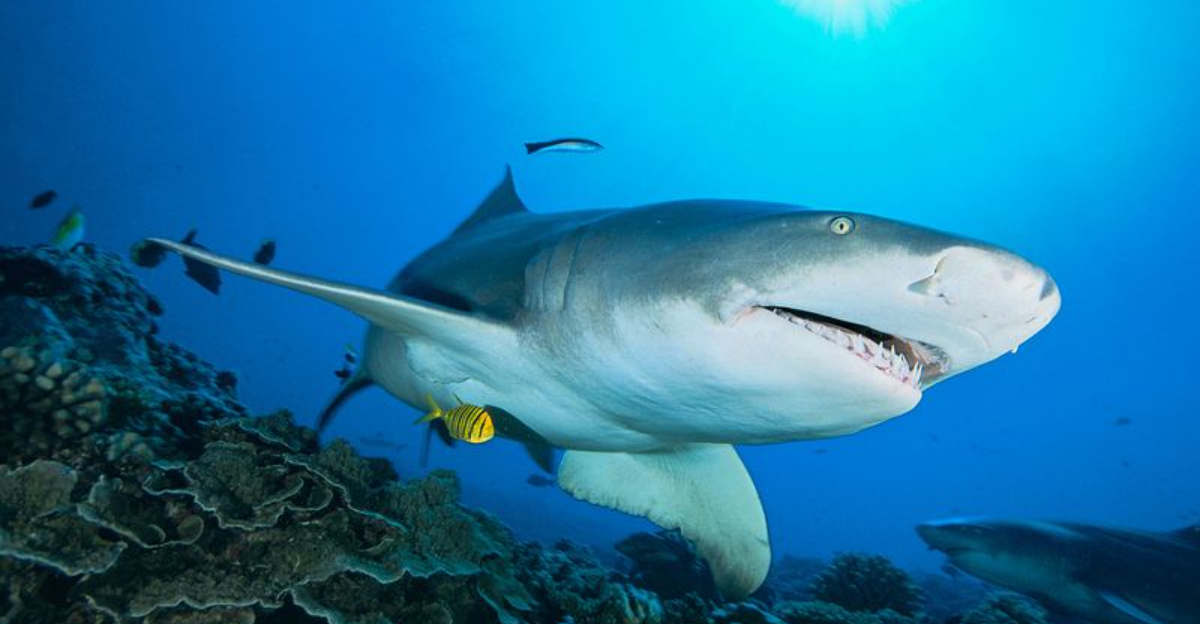
Sharks have ruled the oceans for over 400 million years, and their gills are the secret behind this remarkable success.
These specialized breathing organs allow sharks to extract oxygen directly from water, enabling them to thrive in aquatic environments without ever coming to the surface.
The unique design and function of shark gills reveal fascinating adaptations that showcase nature’s brilliant engineering.
Sharks Have Multiple Gill Slits
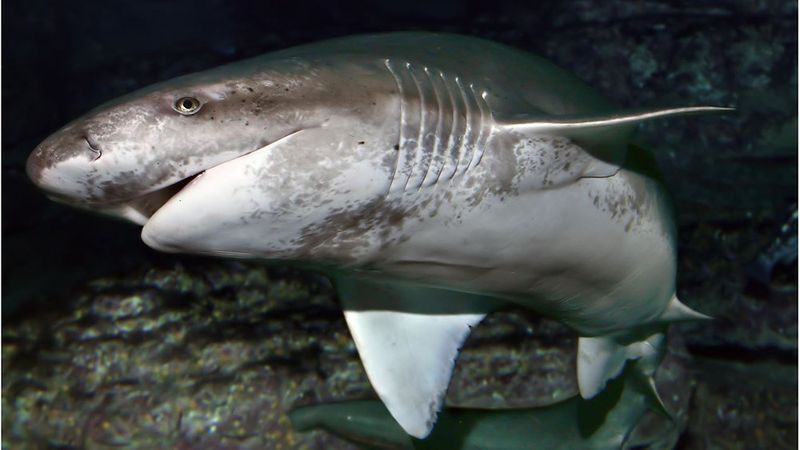
Unlike most fish with a single gill cover, sharks sport multiple exposed gill slits along their heads. Most species have five pairs, while ancient sharks like the frilled shark and cow shark boast six or seven pairs.
These visible slits create the distinctive shark profile we recognize instantly in silhouette.
Gills Facilitate Oxygen Extraction
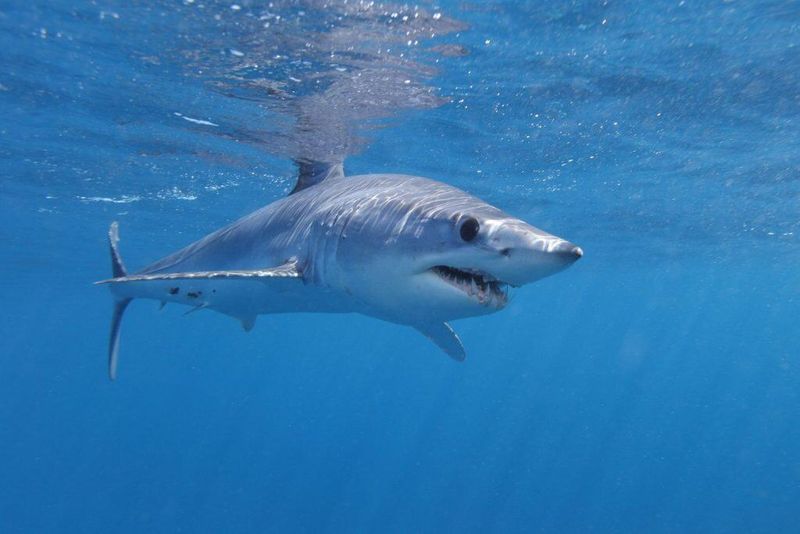
Microscopic structures inside shark gills work like underwater lungs. As water rushes over thousands of tiny gill filaments, oxygen molecules transfer directly into blood vessels while carbon dioxide exits.
This gas exchange happens continuously, allowing sharks to extract oxygen even from water with low oxygen content.
Countercurrent Exchange Maximizes Efficiency
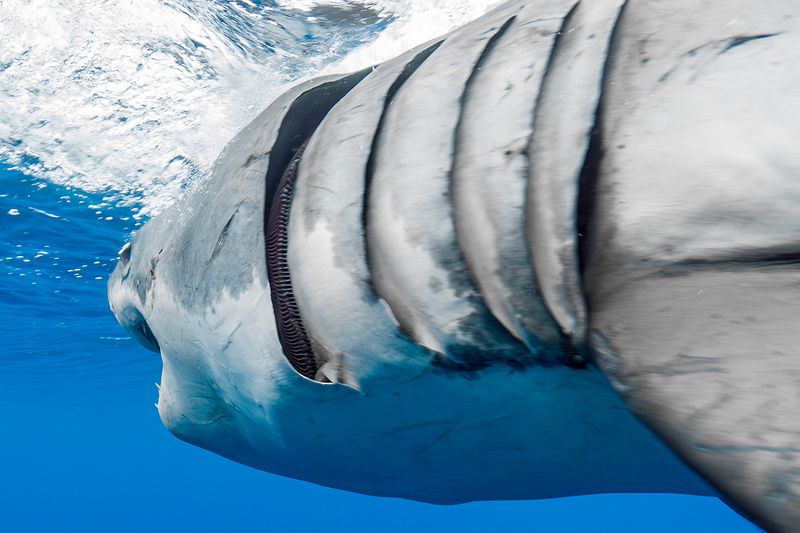
Sharks employ an ingenious method called countercurrent exchange in their gills. Blood flows through gill capillaries in the opposite direction of water movement, creating a constant concentration gradient.
This clever arrangement extracts up to 90% of available oxygen from water—far more efficient than human lungs!
Buccal Pumping Allows Breathing At Rest
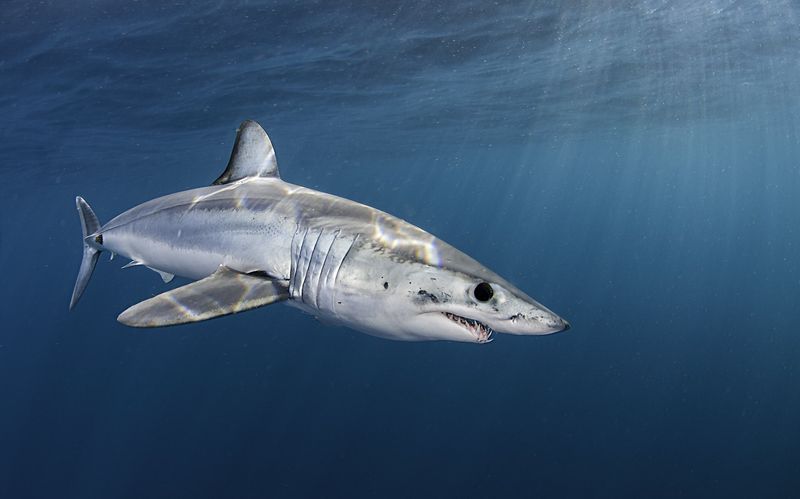
Many shark species can actively pump water over their gills when not swimming—a technique called buccal pumping. By expanding and contracting their throat muscles, these sharks create suction that draws water in through their mouth.
Nurse sharks often demonstrate this behavior while resting motionless on the seafloor.
Spiracles Aid In Water Intake

Behind a shark’s eyes lie small openings called spiracles—evolutionary remnants that now serve as auxiliary breathing holes. Bottom-dwelling species like wobbegongs rely heavily on spiracles to draw in clean water.
This adaptation prevents sand from entering their gills when their mouths press against the seafloor while hunting.
Obligate Ram Ventilators Must Keep Moving
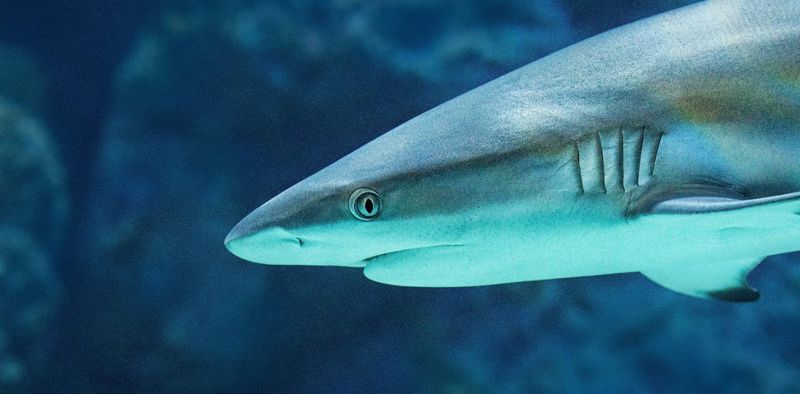
Sharks like the great white and mako are nature’s perpetual motion machines. These species lack the ability to pump water actively and must swim constantly to force water through their gills—a method called ram ventilation.
Even when sleeping, these sharks maintain forward movement in a semi-conscious state!
Spiracles Are Reduced In Active Sharks

Evolution has downsized or eliminated spiracles in fast-swimming sharks like the oceanic whitetip. Since these open-ocean predators constantly move forward, they rely entirely on water entering through their mouth.
Examining a shark’s head for spiracle size offers clues about its lifestyle and swimming habits.
Gills Contribute To Osmoregulation

Shark gills perform double duty as salt regulators. Special cells called chloride cells actively pump excess salt from a shark’s bloodstream into the surrounding water.
Without this crucial function, sharks would dehydrate in the salty ocean. Their gills essentially work as living desalination plants!
Gill Rakers Filter Food Particles
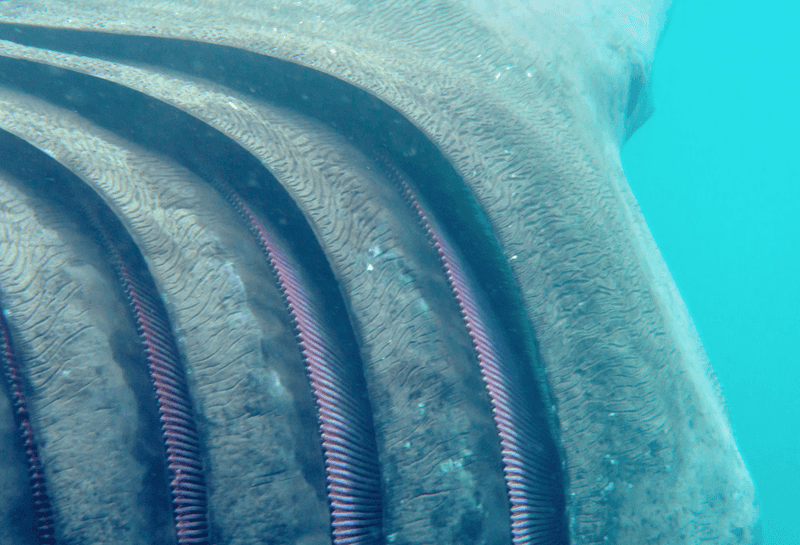
Some sharks have evolved specialized structures called gill rakers—comb-like projections that strain tiny food particles from water. Basking sharks showcase this adaptation spectacularly with massive gill rakers that capture plankton.
A single basking shark can filter over 2,000 tons of water hourly through these living sieves!
Gills Are Vulnerable To Injury
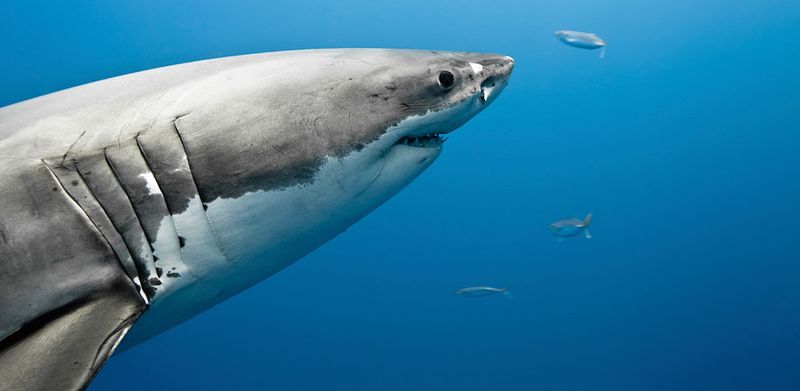
The exposed nature of shark gills makes them surprisingly delicate. Without protective bony covers, these vital organs can be damaged by fishing gear, marine debris, or even aggressive mating behaviors.
Gill injuries often prove fatal as sharks cannot heal damaged gill tissue effectively, highlighting a rare vulnerability in these otherwise tough predators.
Gills Are Part Of The Shark’s Skeleton
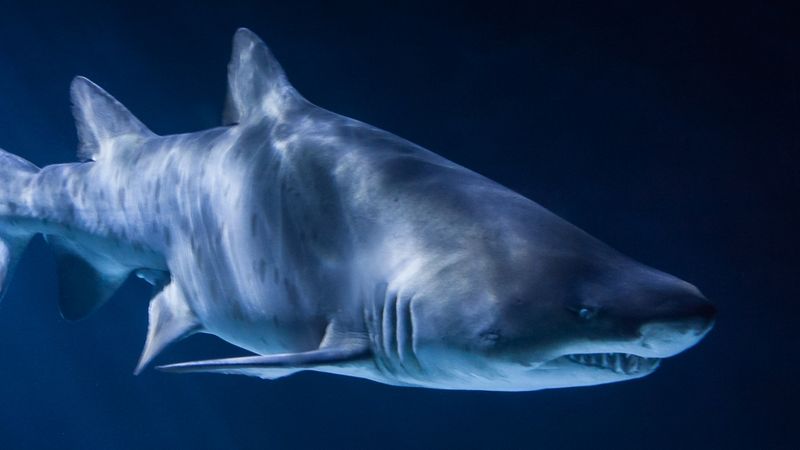
Shark gill arches form crucial components of their cartilaginous skeleton. These curved supporting structures evolved from the same embryonic tissue that forms jaws in vertebrates.
Ancient fossil evidence shows that primitive vertebrates gradually modified some gill arches into jaws—a transformation that revolutionized feeding abilities in early fish!
Gills Are Essential For Survival
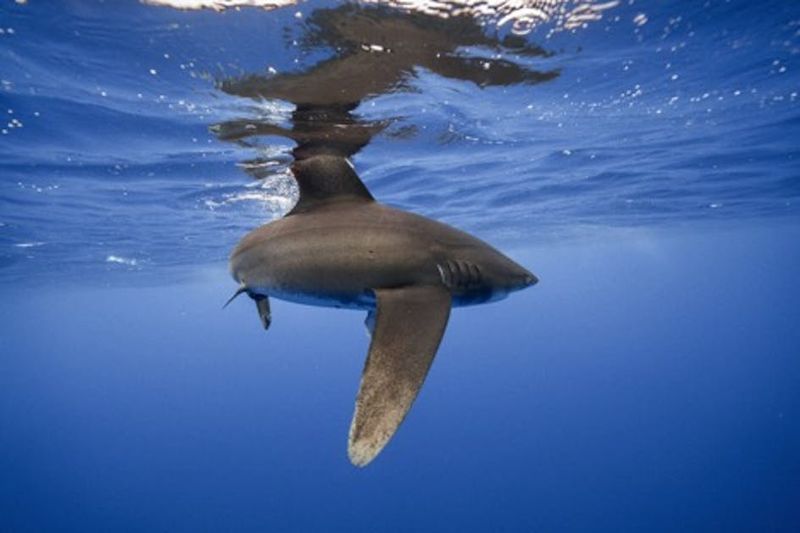
A shark’s entire existence depends on its gills functioning properly. When sharks become trapped in fishing nets or tangle in debris, restricted gill movement quickly leads to suffocation.
Conservation efforts increasingly focus on developing fishing methods that reduce stress on shark gills, giving accidentally caught sharks better survival chances when released.






